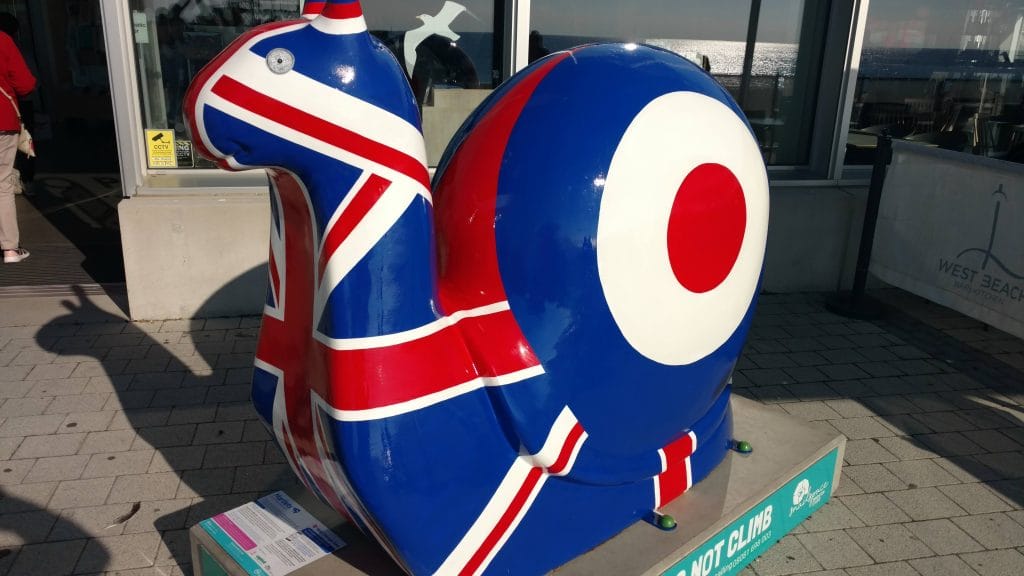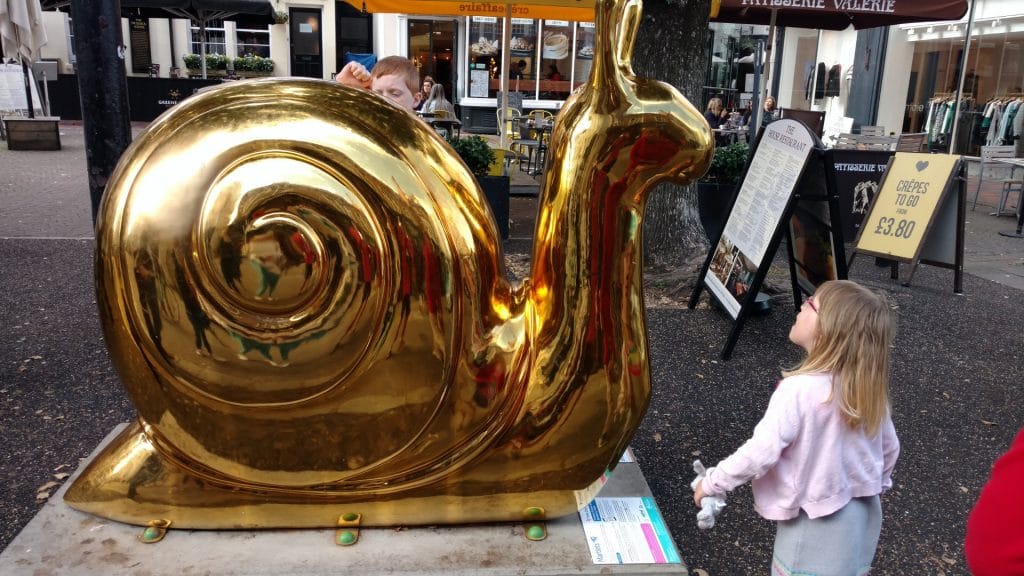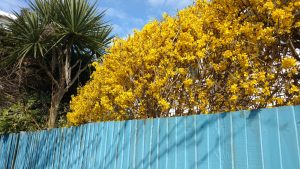To all members of Sussex County LTC
To the Main Committee
To the Secretary
16th February 2019
Dear Sir,
Thank you for the pleasure and enjoyment you have brought to partly sighted tennis players over the last four years, through your concession for carer volunteers.
Regrettably in a brutish and brutal manner your club withdrew this concession with peremptory demands with little notice and no reasoned explanation or discussion.
All our carer volunteers immediately resigned and our partly sighted players have had to follow them. The Eps Tennis group has therefore ceased to exist.
I too have now joined the exodus and will not renew my membership. I will therefore stand down from the Main Committee.
If the situation should change I will be happy to rejoin.
Yours
Cliff Jenkins
EPSTennis
Tennis especially for the Partly Sighted
Dedicated to Val, a girl I met at the Macular Society Annual Conference, who would love to take up tennis again, and all the hundreds like her.
Benefits for everyone. You can enjoy, you can achieve, you too can sharpen up and improve reactions:-
- Improved effective vision, improved focusing.
- Reduced weight.
- Becoming fitter, developing better maneuverability, better flexibility and better balance.
- Fewer slips, trips and falls.
- Better spatial awareness and faster reactions.
- Improved concentration.
- Extra joy of recovering a lost element of life, a real WIN.
- Making new friends and having a laugh.
- Sheer joie de vivre..
- And it’s Fn.
Come and join us.
We are partly sighted tennis players and we are looking for other partly sighted tennis players. Come and join us. Rekindle the enjoyment you used to have.
We play two or three times a week and we play on normal courts, with normal balls, rackets etc., and we have an extra bounce.
Starting with Sound Tennis which is why we adapted their rules to normal tennis, but wanted to play outdoors and to play normal tennis as everyone else does.
We have various eye problems including Glaucoma and AMD. We are a friendly, sociable bunch who laugh about our experiences! The cost is only ten pounds a month.
Ray’s Comments:
“Brilliant, absolutely brilliant, good fun. Everybody gets on well with each other and we’re all getting better month on month, a great crowd and we enjoy beer afterwards.”
RULES
The rules are very simple.
The rules for EPSTennis are absolutely identical with the original rules being used for Sound Tennis internationally and on the formal LTA Tennis Rules.
Compared with the LTA Rules all we have extra is the exchange of alert before serving; “Ready?”, Response “Yes”, and response “Play” (all clearly, audibly and promptly) followed by the serve.
The only other rule is that partly sighted players are allowed a second bounce when the ball is in play, whether as a result of a serve or in the course of play.
Normal etiquette of calling whether a ball strikes “in” or “out” needs to be followed and calls made clearly, audibly and promptly.
Very recently we have started using ultra bright yellow balls and we have settled on the Wilson Australian Open balls as used by the LTA.
If we have an odd number of players whether three, five or seven then we cycle play round so that nobody is off court for more than five minutes. It also has the benefit that each individual player partners every other player.
Just like us you can enjoy, you can achieve, you too can sharpen up and improve reactions:
-Improved effective vision, improved focusing.
– Reduced Weight.
– Becoming fitter, developing better manoeuvrability, better flexibility and better balance.
– Fewer slips, trips and falls.
– Better spatial awareness and faster reactions.
– Improved concentration.
– Extra joy of recovering a lost element of life, a real WIN.
– Making new friends and having a laugh.
– Sheer joie de vivre.
– And it’s Fun.
cliffofyoolaa.co.uk@gmail.com
Barry’s comments:
“I had major sight loss about two years ago. At the time I was quite active playing tennis five times a week, cycling, and driving. All this had to stop abruptly and I thought I would never play tennis again in any meaningful way.
It was a big change and a time to take stock and adapt to a different lifestyle. I had become unable to do many of the things in my life that I had been accustomed to doing & enjoying. On the positive side I was still fit.
I visited the Sussex County to try to play on normal tennis courts using standard tennis balls. I liked the idea but I made no assumptions that I would be able to play but I was going to try and do my best.
Everybody was very helpful and welcoming. I felt no pressure, or embarrassment or mild humiliation when inevitably made ‘fresh air’ shots !
I came away from that first visit with a feeling of connection and invigoration. With memories of the few times I actually solidly hit the ball, and no memory of the many misses and miss hits.
Since that first visit four months ago I think I have begun to adapt and improve my tennis in many ways, and it is an ongoing learning experience. I am also getting fitter to play better, the reflexes and muscles are remembering and learning.
The joy and satisfaction I now experience playing partially sighted tennis also connects me to how I used to feel playing tennis for all those years before. It has made a positive difference to me on many levels, and I actually feel that I am playing normal tennis with the option of an extra bounce!
I know personally how much this special tennis has benefitted me so, I am very keen to spread the word to all the people who would like to come and take part.”



